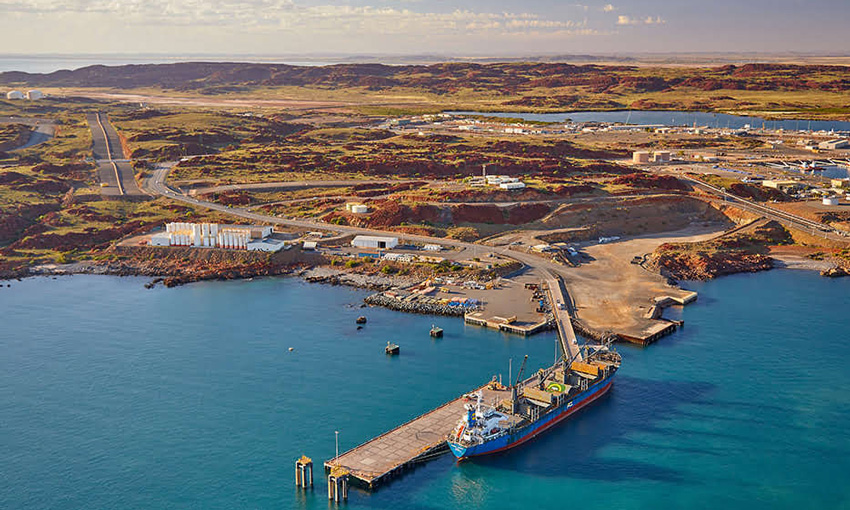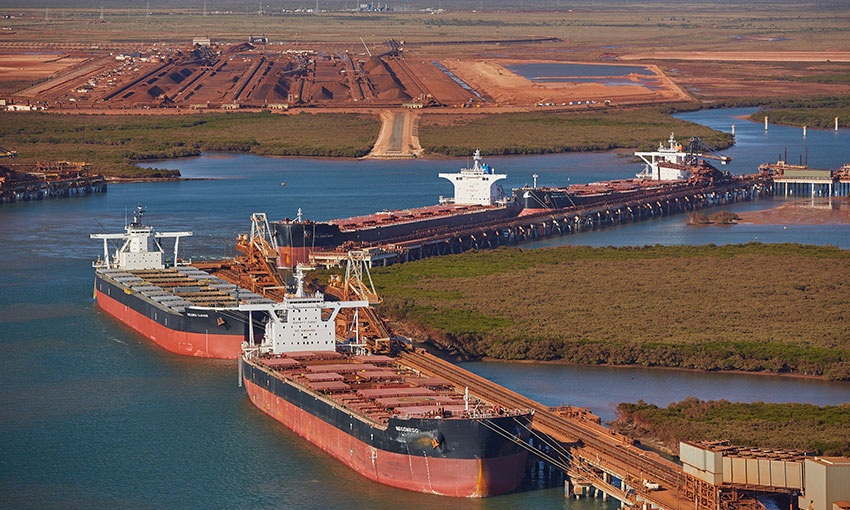PILBARA Ports Authority reported record-high yearly cargo throughput for the fourth consecutive year in 2022-23.
The result represents a 3% increase when compared to the previous financial year, with 752.4 million tonnes of throughput recorded in 2022-23, worth an estimated $164 billion.
PPA said the result comes despite many of its customers experiencing challenges to production, including a tight labour market and increasing raw material costs.
PPA CEO Samuel McSkimming said progressing infrastructure projects at the operational ports of Port Hedland, Dampier and Ashburton, would enable an increase and diversification of trade.
“Our priority as an organisation is to support the ambitions of our customers. To facilitate demand, we’re embarking on several projects, including building new multi-user wharfs at Port Hedland and Dampier,” he said.
“Lumsden Point in Port Hedland will enable the export of battery metals, an integral part of the global push to net-zero emissions. It will also facilitate the import of renewable energy infrastructure, including wind turbines and blades, supporting Western Australia’s sustainability goals.
“Our Dampier Cargo Wharf Projects will include the construction of a new wharf in support of the multibillion-dollar Perdaman Urea Project, a link bridge and existing wharf upgrades, which will equip the Port of Dampier to handle more trade, reach international urea markets and diversify trade.”
Several new ports in the region have been earmarked for development, and private infrastructure is currently being built at the Port of Ashburton, which will see continued growth in the West Pilbara for years to come.
“There is no shortage of opportunity in the Pilbara and we look forward to working with our customers to facilitate trade, delivering a significant economic benefit back to the state.” Mr Skimming said.
More than 43% of global iron ore trade and 7.5% of global LNG trade passed through Pilbara Ports in 2022-23, highlighting the significance of the region to the Australian economy, and to the global supply chain.
The strong result was achieved with 17,500 safe vessel movements, equating to more than 48 movements each day across four operational ports.





